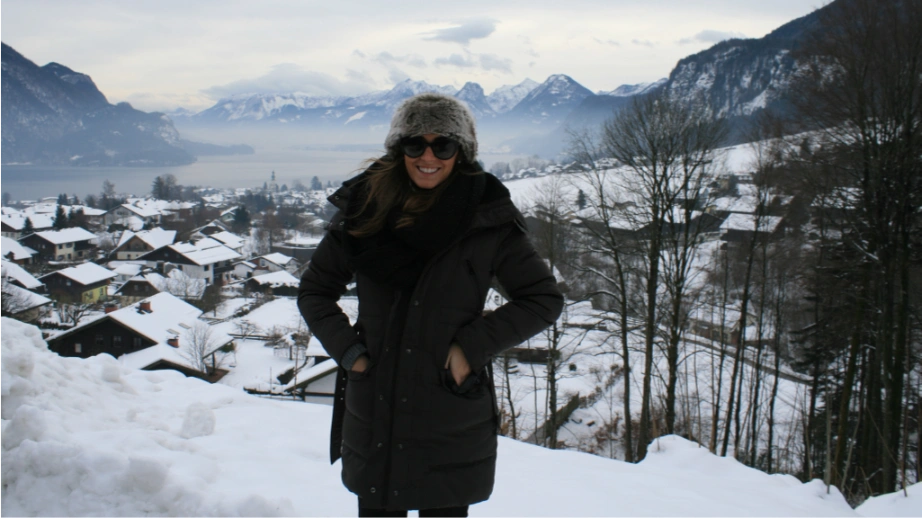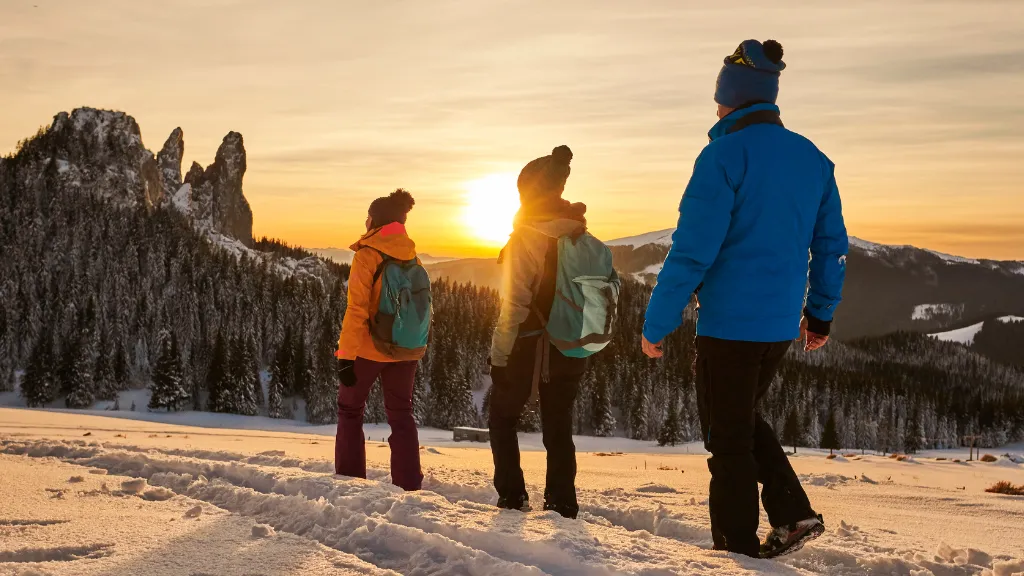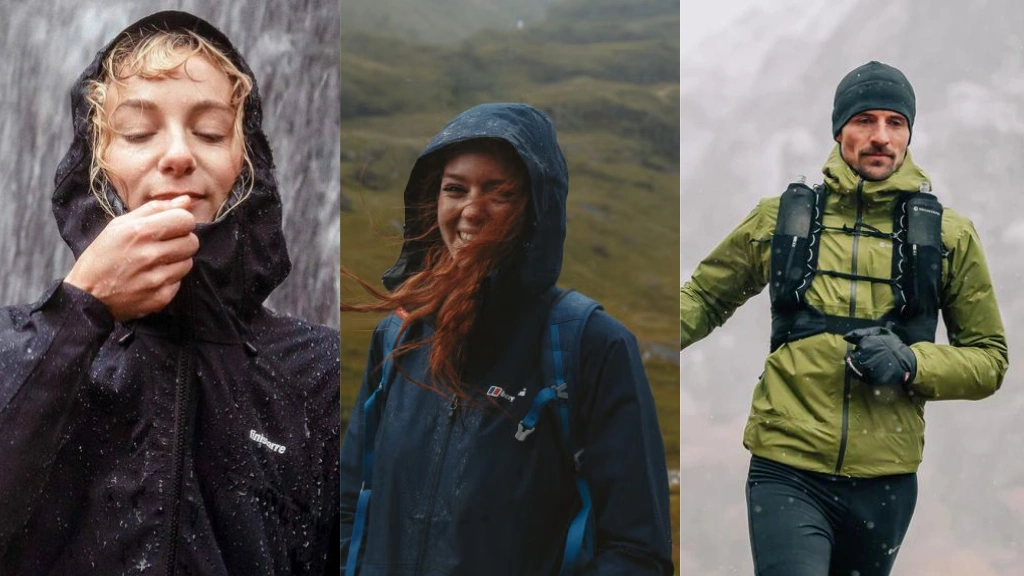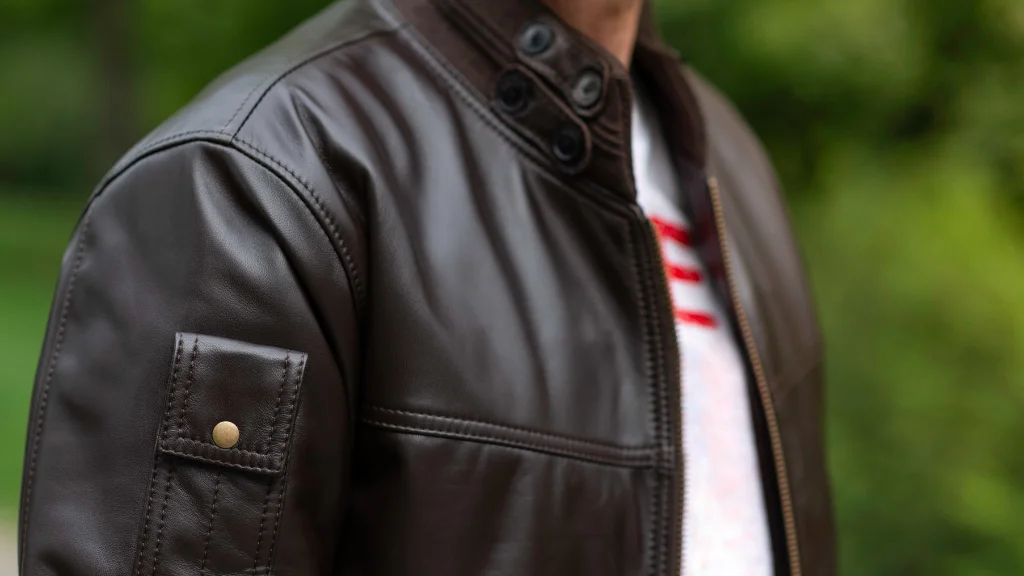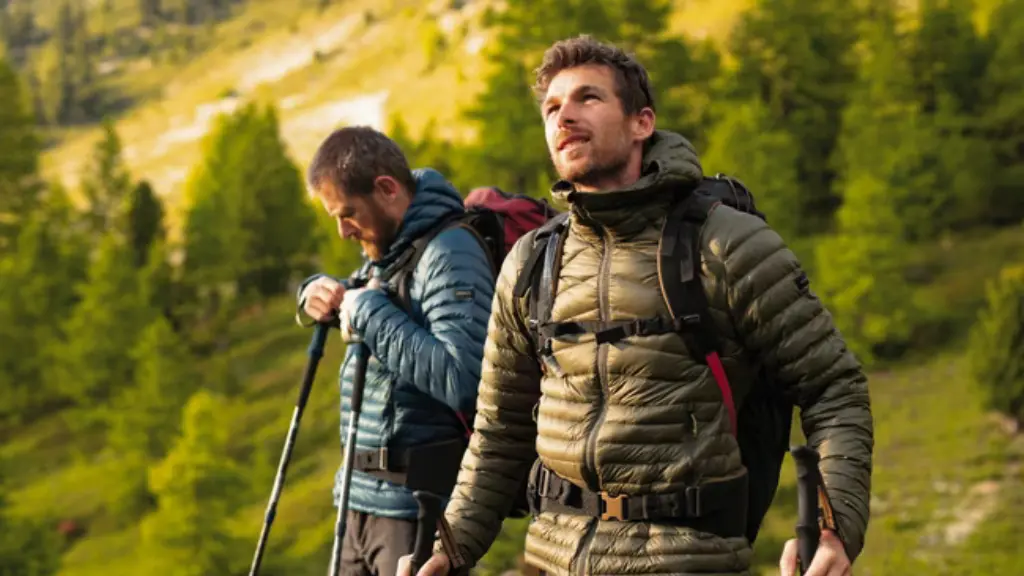While there’s definitely a spot for a parka jacket in your hiking arsenal, that spot comes with a big, bold “IF” – If it’s cold enough to shiver, grab your parka. Otherwise, leave it at home.
Parka jackets are popular for their warmth and weather resistance. But they also have some downsides when it comes to being the ideal choice for hiking.
Before you make any snap judgments, let’s explore the pros and cons of parka jackets for hiking. I’ll also throw in some alternatives that I use to keep me snug without any extra bulk.
Are Parka Jackets Good for Hiking?
Parkas are fantastic when you’re more stationary or facing extreme cold conditions, but when it comes to the active hiking, they are not the best option and generally seen as overkill.
Hiking is an active sport, and wearing a big heavy garment like a parka will make you hot, sweaty and uncomfortable.
Cons of Parkas for Active Hiking
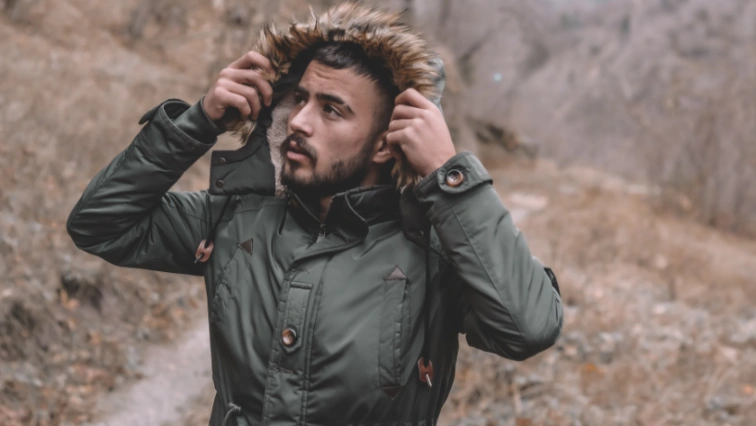
Flexibility and Weight Concerns
Parkas, with their heavyweight (tipping the scales at 1 to 3 pounds) and stiff build, can affect your mobility on the trails. Their inflexibility is due to their construction, which usually includes thicker, less flexible materials and larger hoods, meant to provide maximum protection from cold wind and snow.
Every ounce counts, and being able to move freely is necessary. While parkas wrap you in a warm hug, they lack the give and take needed for climbing an unexpected boulder or taking a spontaneous detour.
Breathability and Moisture Management
Parkas, for all their warmth, often fall short in letting your skin breathe, trapping moisture and creating an internal downpour.
This is where materials like Gore-Tex shine in hiking jackets, offering a breathability that keeps you dry from both external and internal showers. It’s a balance parkas struggle to find, making them less than ideal for the unpredictable exertions of the trail.
Packability for Backpackers
Parkas are like that one bulky item that refuses to play nice with the rest, demanding more than their fair share of space. Compared to the snugly fitting, easily compressible down jackets or other packable options, parkas are the stubborn mules to pack.
They resist compression, preferring to take up room that could be better used for extra food, water, or even a cozy blanket.
Versatility Across Seasons
Parkas are designed for extreme cold and may not be suitable for warmer temperatures or rainy conditions. On the other hand, convertible jackets or well-planned layers provide a chameleon-like ability to adapt.
Essentially, parkas are a one-season wonder while hiking jackets can see you through multiple seasons.
Where Parkas Excel
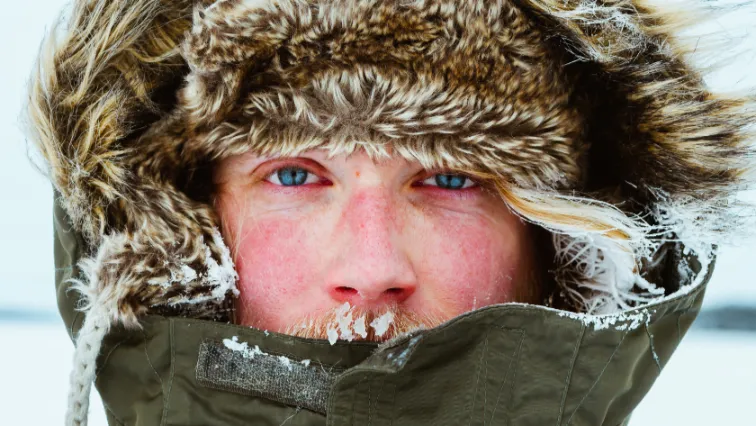
Insulation During Rest Stops
There’s no doubt that a high-insulation parka becomes invaluable when you’re stationary in subzero conditions. They are engineered to trap heat and maintain your core temperature, making them indispensable for rest stops or when you’re setting up camp in environments that laugh in the face of warmth.
Specialized Cold Weather Use
Parkas are beasts of the cold, designed to thrive in temperatures plummeting below -10°C (14°F). This specialization, while perfect for extreme cold, hints at their limitation in versatility.
When you’re actively hiking, especially if the conditions aren’t as harsh as the parka is built for, you might find yourself wrestling with overheating issues.
Parka’s Alternatives
Layering Approach
One of the most versatile strategies hikers swear by is the layering approach. This involves pairing a down puffy jacket with a protective shell. The beauty of this combo lies in its adaptability.
As temperatures fluctuate or activity levels increase, you can easily add or shed layers to maintain comfort.
Look for jackets that excel in moisture management and offer adequate ventilation. This setup not only keeps you warm but also prevents you from overheating during strenuous sections of your hike.
Material Considerations
I recommend opting for dense wicking fabrics over traditional fleece. Why? Because they handle light rain and wind much more effectively, keeping you drier and more comfortable.
For those extra chilly mornings or windy peaks, synthetic belay parkas and mirage jackets offer an exceptional balance of warmth and versatility without the bulk. Their synthetic insulation performs well even when damp!
Durability and Coverage
While parkas offer substantial protection, they might not always be the best fit for active hiking. Instead, consider durable alternatives like the Singi jacket. Designed with rugged adventures in mind, these types of jackets provide excellent coverage and warmth without compromising mobility.
Conclusion
I’ve got to say, I have a bit of a soft spot for parka jackets but my love affair with parkas is strictly a cold-weather romance. I mean “I can’t feel my face” kind of cold, like 14 degrees Fahrenheit or less.
The main takeaway here is that parkas are the heavyweight champions of the cold, but for milder adventures, it’s worth looking into alternatives.
Next time you’re gearing up for a hike, ask yourself, “Is today a parka day?” If not, maybe give your lighter jacket a chance to shine.

Lukas Heller
Hey there! I’m Lukas, co-founder of BigfootHiking.com, alongside my adventurous wife Martha. Originally from Germany, I landed in Phoenix, Arizona, in 2015, where I’ve been scouting out new trails ever since (though they’re getting scarce!). By day, I’m a software developer, but my heart belongs to hiking – I’m always plotting our next trip. When I’m not coding or on the trails, you’ll find me hanging out with our Pit Bull, Zeus.

